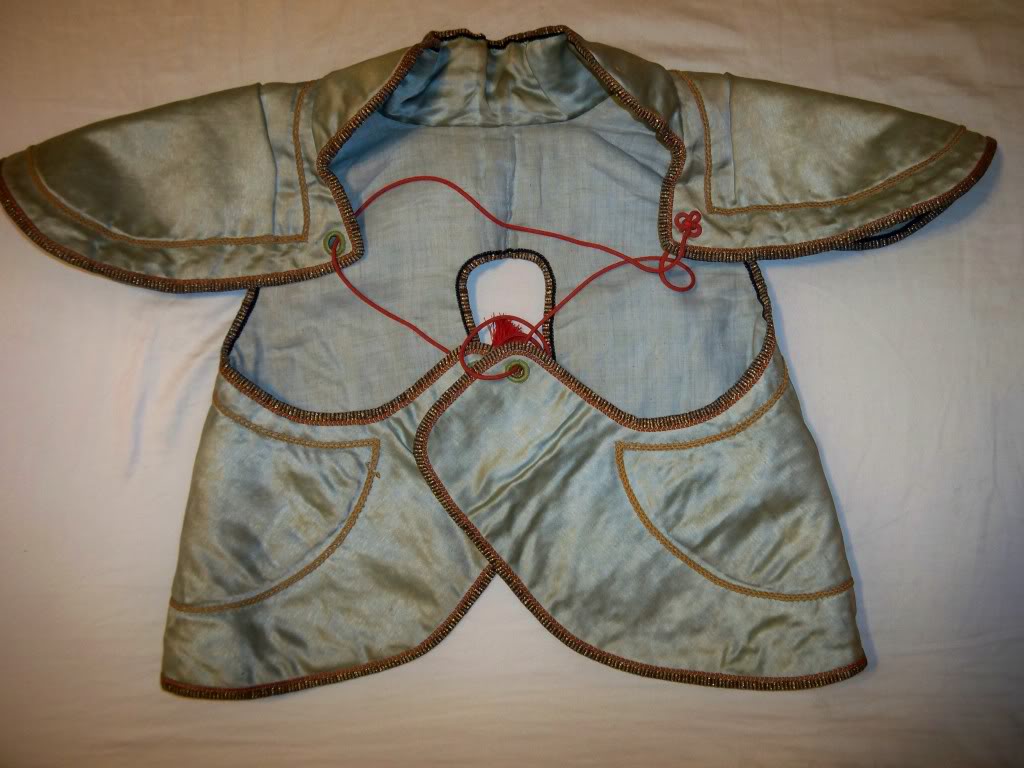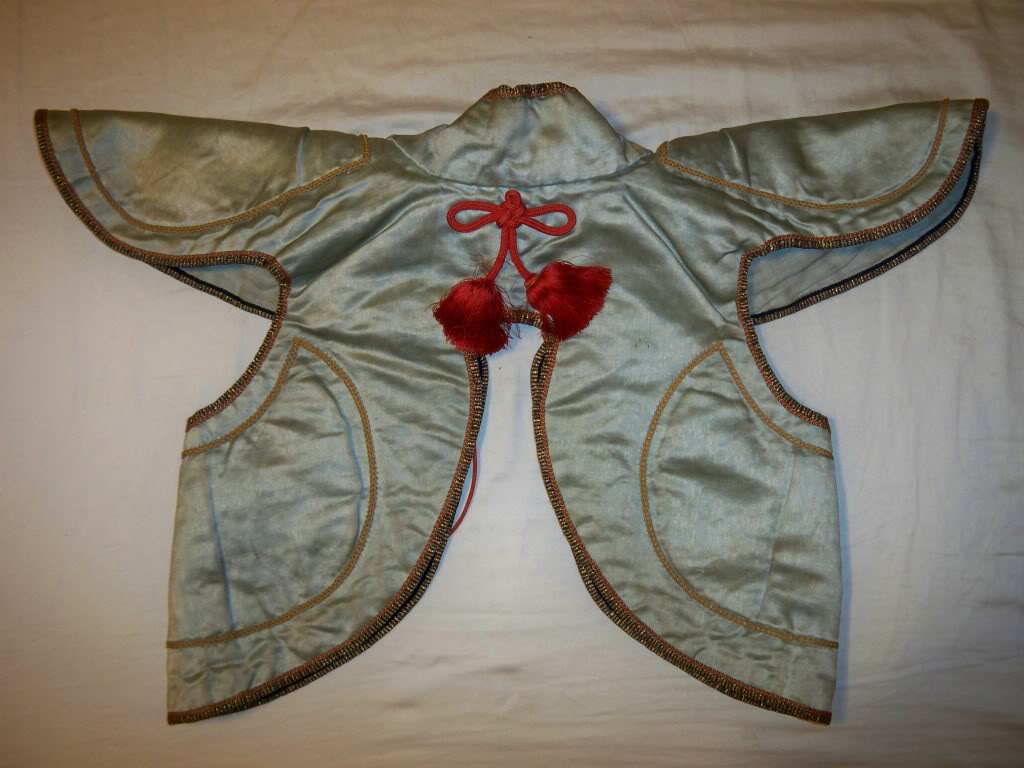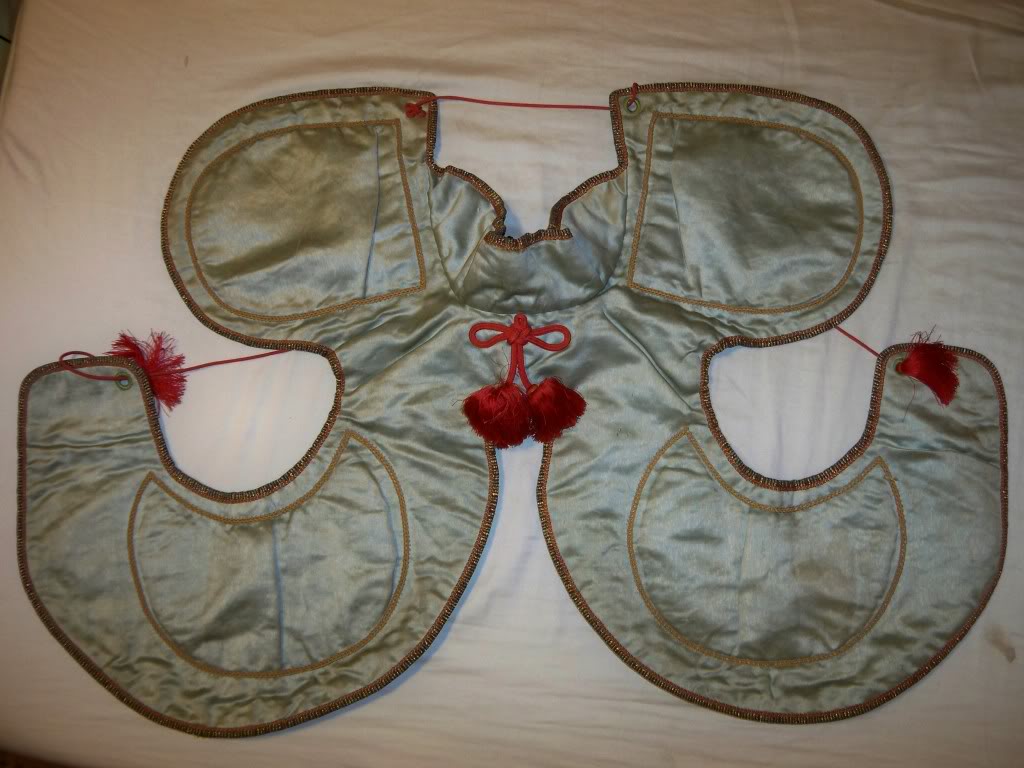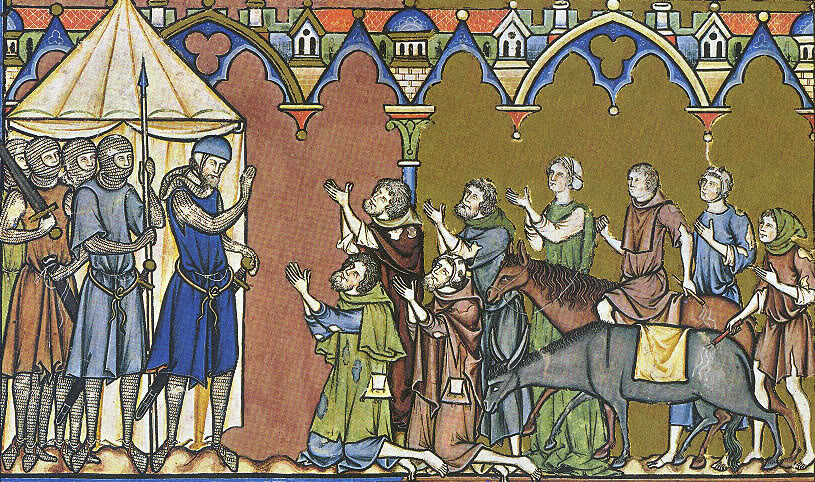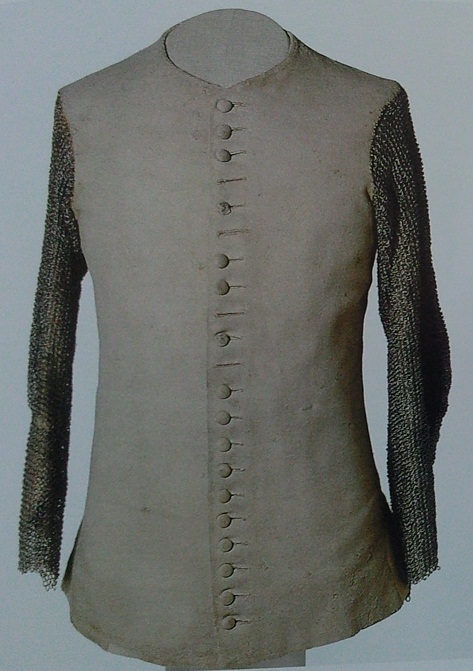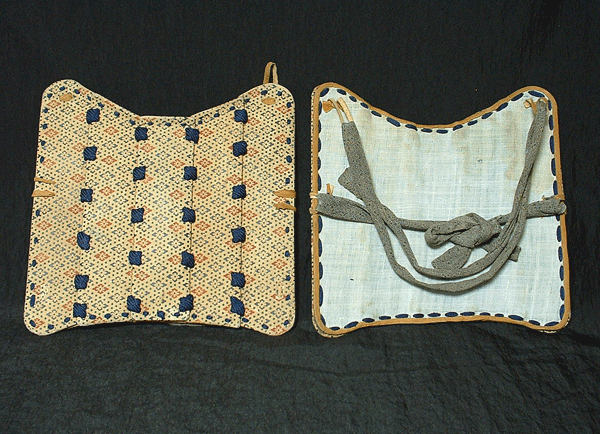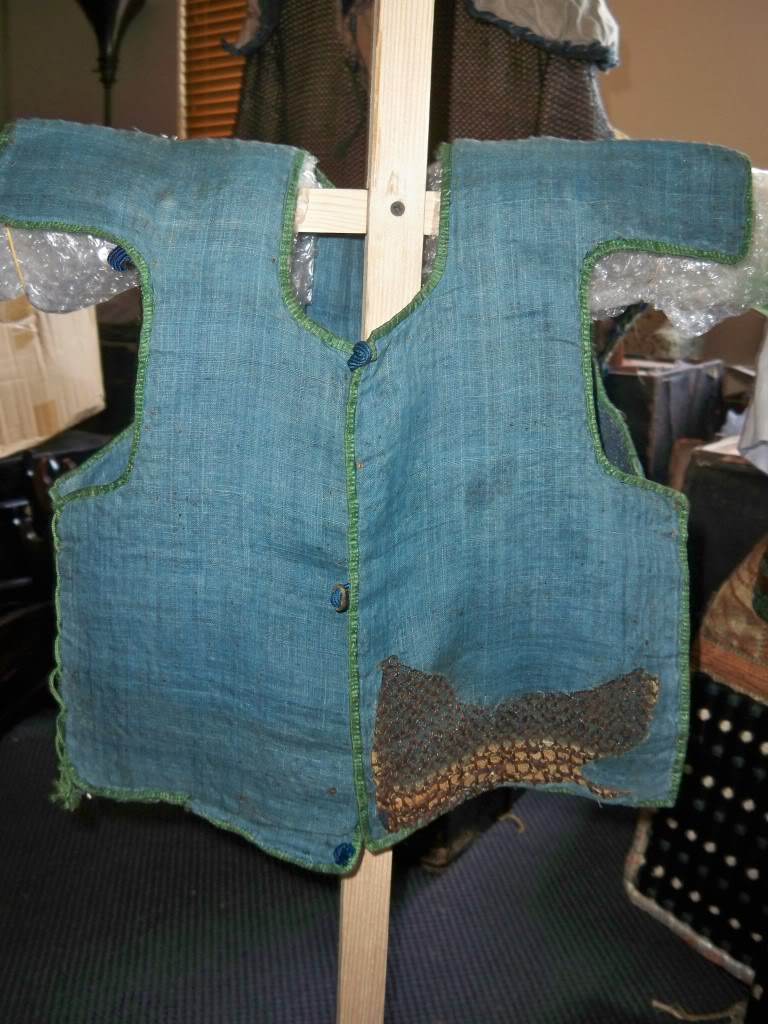Here is the thread on plate sleeves
http://www.myArmoury.com/talk/viewtopic.php?t=23587
Here is an example of a plate hat. Judge John Bradshaw presided over the trial of Charles I and feared being shot from the gellery so he wore this plate-reinforced hat. It is currently in the Ashmolean Museum
http://www.ashmolean.org/ash/objectofmonth/2004-03/relobjects.htm
What other examples of concealed armour have people found?
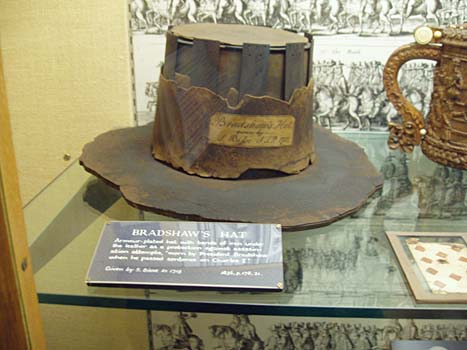
Photo taken by Craig Thornber
http://www.thornber.net/cheshire/htmlfiles/congleton.html
